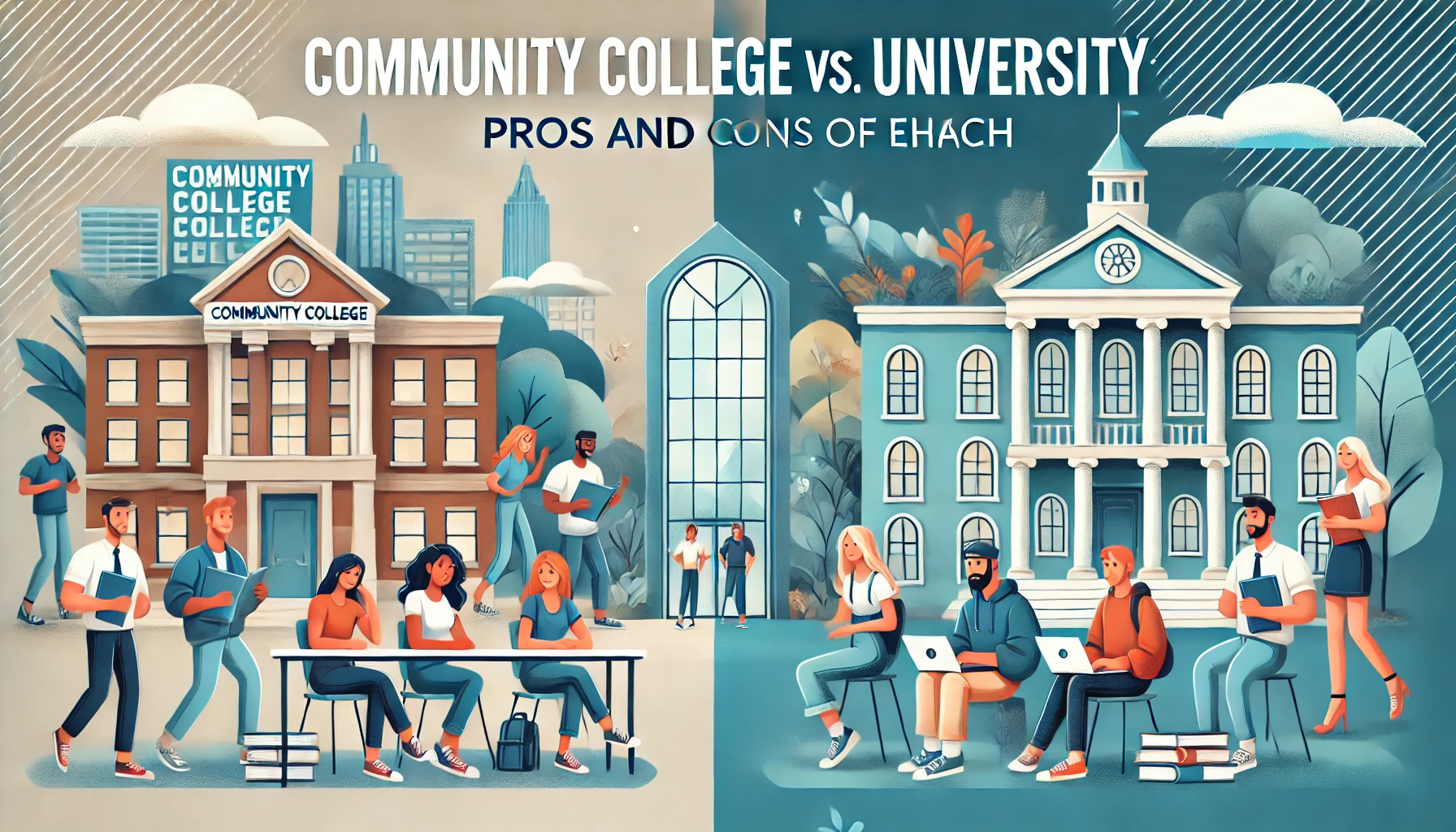Understanding Financial Aid and Scholarships for College Students

Pursuing a college education is a significant investment, often requiring substantial financial resources. With the rising cost of tuition, many students and their families find themselves searching for ways to fund their education. Financial aid and scholarships are essential tools that can help alleviate the financial burden of college expenses. This article provides a comprehensive guide to understanding financial aid and scholarships, exploring the types available, how to apply, and tips for maximizing these opportunities.
The Importance of Financial Aid and Scholarships
Financial aid and scholarships play a crucial role in making higher education accessible and affordable. They provide the necessary financial support for students to pursue their academic goals without being overwhelmed by the cost of tuition, fees, books, and living expenses. By reducing the financial barriers to education, these resources enable students to focus on their studies, achieve their academic potential, and graduate with less debt.
Key Benefits of Financial Aid and Scholarships:
- Accessibility: Financial aid and scholarships make college education accessible to students from diverse economic backgrounds, ensuring that financial constraints do not limit educational opportunities.
- Reduced Debt: By providing funds that do not need to be repaid, scholarships and grants help students minimize the amount of student loans they need to take out, reducing their overall debt burden.
- Academic Focus: With financial concerns eased, students can concentrate on their studies and extracurricular activities, enhancing their college experience and academic success.
Types of Financial Aid
Financial aid comes in various forms, each designed to meet different needs and circumstances. Understanding the different types of financial aid available can help students identify the best options for their situation.
1. Grants
Grants are a form of financial aid that does not need to be repaid. They are typically awarded based on financial need, as determined by the student’s Free Application for Federal Student Aid (FAFSA) information.
- Federal Pell Grant: One of the most common types of grants, the Federal Pell Grant is awarded to undergraduate students with significant financial need. The amount awarded depends on the student’s financial need, cost of attendance, and enrollment status.
- Federal Supplemental Educational Opportunity Grant (FSEOG): This grant is available to undergraduate students with exceptional financial need. Funds are limited and awarded on a first-come, first-served basis.
- State Grants: Many states offer grants to residents attending in-state colleges. Eligibility and award amounts vary by state.
2. Scholarships
Scholarships are financial awards that do not need to be repaid and are typically based on merit, talent, or specific criteria set by the scholarship provider. Scholarships can be awarded by colleges, private organizations, corporations, or community groups.
- Merit-Based Scholarships: These scholarships are awarded based on academic achievement, such as high grades, test scores, or leadership roles. They can also be based on talents, such as athletics, music, or art.
- Need-Based Scholarships: These scholarships consider the student’s financial need, as well as other criteria such as academic performance or community service.
- Specialty Scholarships: These scholarships are awarded based on specific characteristics, such as scholarships for women, minorities, first-generation college students, or students pursuing particular fields of study.
3. Loans
Loans are borrowed funds that must be repaid with interest. While loans are a common form of financial aid, students should be cautious about borrowing too much and consider loans as a last resort after exploring other options.
- Federal Student Loans: Federal loans are funded by the government and typically offer lower interest rates and more flexible repayment options than private loans. Common types include Direct Subsidized Loans (need-based) and Direct Unsubsidized Loans (non-need-based).
- Parent PLUS Loans: These federal loans are available to parents of dependent undergraduate students to help pay for college expenses. They require a credit check and come with a higher interest rate than student loans.
- Private Student Loans: Offered by banks and private lenders, these loans typically have higher interest rates and fewer repayment options than federal loans. They may require a co-signer.
4. Work-Study Programs
The Federal Work-Study Program provides part-time jobs for undergraduate and graduate students with financial need, allowing them to earn money to help pay for education expenses. These jobs are often related to the student’s field of study or community service.
- On-Campus Jobs: Students may work on campus in various roles, such as library assistants, research assistants, or administrative positions.
- Off-Campus Jobs: Students may work for private, nonprofit organizations or public agencies that provide services to the community.
How to Apply for Financial Aid
Applying for financial aid involves several steps, each crucial to maximizing the chances of receiving assistance. The process begins with completing the FAFSA, which is used to determine eligibility for federal, state, and institutional aid.
Step 1: Complete the FAFSA
The Free Application for Federal Student Aid (FAFSA) is the primary application for federal financial aid, as well as many state and institutional aid programs. Completing the FAFSA is essential for accessing grants, loans, and work-study opportunities.
- Gather Necessary Information: Before completing the FAFSA, students should gather necessary documents, such as tax returns, Social Security numbers, and bank statements.
- Complete the Application: The FAFSA can be completed online at the official FAFSA website. It is important to fill out the application accurately and completely to avoid delays in processing.
- Submit Early: The FAFSA opens on October 1st each year. Submitting early increases the chances of receiving aid, as some funds are awarded on a first-come, first-served basis.
Step 2: Explore Scholarships
Scholarships are a valuable source of funding and can significantly reduce the cost of education. Students should actively search for scholarships and apply to as many as possible to increase their chances of receiving awards.
- Research Scholarship Opportunities: Use online scholarship search engines, check with high school counselors, and visit college financial aid offices to find scholarship opportunities.
- Meet Deadlines: Each scholarship has its application deadline. Keep track of deadlines and ensure applications are submitted on time.
- Tailor Applications: Customize scholarship applications to align with the specific criteria and values of each scholarship provider.
Step 3: Review Financial Aid Offers
Once financial aid applications are submitted, students will receive financial aid offers from colleges. These offers outline the types and amounts of aid available. It is essential to review and compare offers carefully to make informed decisions.
- Understand the Offer: Financial aid offers may include grants, scholarships, loans, and work-study. Understand the terms of each type of aid, including repayment obligations for loans.
- Compare Offers: Compare the total cost of attendance at each college, including tuition, fees, and living expenses, against the financial aid offered to determine the net cost.
- Ask Questions: If there are uncertainties or concerns about the financial aid offer, contact the college’s financial aid office for clarification.
Tips for Maximizing Financial Aid and Scholarships
To make the most of financial aid and scholarship opportunities, students should be proactive, organized, and strategic.
1. Start Early
Begin researching and applying for financial aid and scholarships well before college application deadlines. Early preparation allows students to explore all available options and meet application deadlines.
2. Stay Organized
Keep track of application deadlines, required documents, and contact information for each financial aid and scholarship application. Use a calendar or spreadsheet to stay organized and avoid missing important deadlines.
3. Maintain Good Grades
Many scholarships are merit-based and require a minimum GPA. Maintaining good grades increases eligibility for academic scholarships and demonstrates a commitment to academic excellence.
4. Get Involved
Involvement in extracurricular activities, community service, and leadership roles can enhance scholarship applications. Scholarship providers often look for well-rounded students who contribute positively to their communities.
5. Seek Guidance
Seek guidance from high school counselors, college advisors, and financial aid offices. These professionals can provide valuable information, resources, and support throughout the financial aid and scholarship process.




